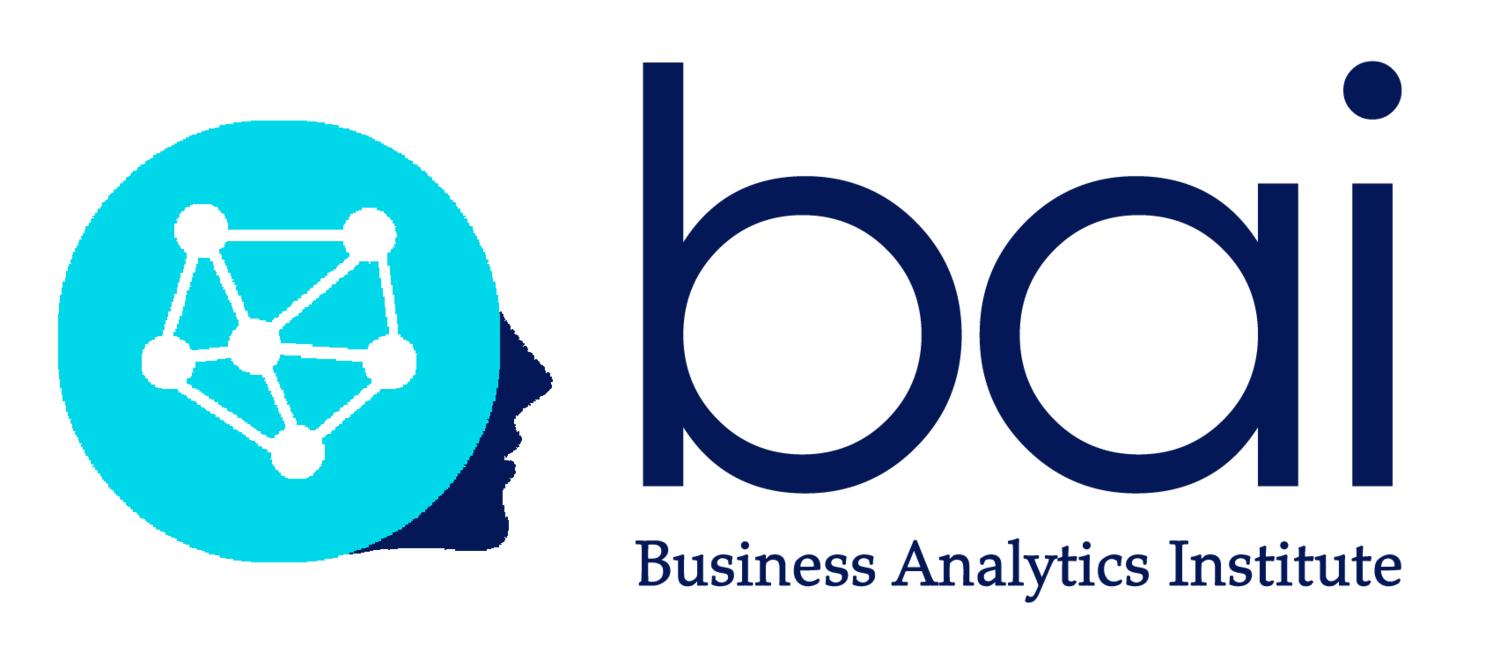Key Findings at a Glance
🎯 The Performance Paradox
- Organizations deploying AI for human augmentation show 3-4x higher productivity gains than those focused purely on task automation
- 73% of successful AI implementations prioritize human-AI collaboration over workforce reduction
- Companies treating AI as a "collaborative partner" retain top talent 2.1x longer than automation-focused competitors
🤝 Where Humans Excel, Where Machines Excel
- Human advantage: Contextual judgment, ethical reasoning, creative synthesis, stakeholder negotiation, cultural interpretation
- Machine advantage: Pattern recognition at scale, processing speed, consistency across repetitive tasks, 24/7 availability
- The multiplier effect: When properly orchestrated, human-AI teams outperform either working alone by 40-85%
📈 The Strategic Imperative
- By 2027, competitive advantage will belong to organizations that master the "division of labor" between human and machine intelligence
- Most AI failures stem from poor integration design, not technical limitations—73% of stalled projects cite "organizational readiness" issues
- Investment in collaborative intelligence frameworks yields 5-7 year sustained advantages vs. 18-24 month windows for pure automation plays
🗺️ Implementation Roadmap
- Phase 1: Audit current decision-making processes to identify augmentation vs. automation opportunities
- Phase 2: Establish governance frameworks defining when humans lead, when AI leads, and when collaboration is required
- Phase 3: Build organizational capabilities in prompt engineering, output evaluation, and human-AI workflow design
- Phase 4: Develop metrics measuring collaboration quality, not just efficiency gains
✅ Critical Success Factors
- Leadership must articulate a clear vision: "AI to amplify our people, not replace them"
- Training programs should focus on AI literacy and collaboration skills, not just technical competencies
- Governance structures must address algorithmic bias, explainability requirements, and human override protocols
- Culture change initiatives addressing "AI anxiety" prove essential—organizations that don't manage the human side see 3x higher failure rates
💰 ROI Snapshot
- Average time to measurable impact: 4-6 months (vs. 12-18 months for traditional automation projects)
- Typical productivity improvement: 35-60% in targeted workflows
- Employee satisfaction impact: +23% when AI is framed as "capability enhancement" vs. -17% when framed as "efficiency initiative"
What You'll Discover
This cutting-edge research explores how leading organizations are creating synergistic partnerships between human intelligence and AI systems. Learn the frameworks and strategies that are driving measurable improvements in productivity, decision-making, and innovation across industries.
Discover evidence-based approaches for implementing collaborative intelligence in your organization, including practical models for team structures, workflow design, and performance optimization that leverage the unique strengths of both humans and AI.
28 pages of research findings, implementation frameworks, industry case studies, and actionable strategies for building the collaborative intelligent enterprise.
